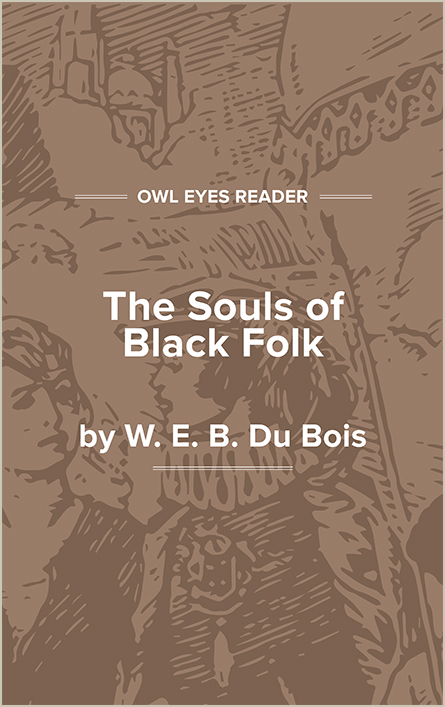Study Guide
Analysis Pages
Introduction
The Souls of Black Folk is the passionate and eloquent story of an individual, W. E. B. Du Bois, and a group, African Americans. Du Bois could not forget that his world was divided by a color line. Du Bois calls the experience generated by the color line the veil and allows his readers to walk with him within the veil. He does this with songs of sorrow that introduce each chapter.
The second chapter begins with the famous lines: “The problem of the twentieth century is the problem of the color line.” These prophetic words tell the story of American slaves and their descendants. One way to address these issues is to work for gradual change, as advocated by Booker T. Washington. Du Bois’ criticism of Washington created a public debate about how to fight discrimination.
Du Bois then tells of entering Fisk University in Nashville, Tennessee. He experiences the Jim Crow world of the South and teaches children who must endure its cruelty. Du Bois soon moves from the elementary school to higher education, but before leaving the South, he travels through it. Jim Crow railway cars physically and socially segregate black and white passengers. Plantations dot the landscape, recalling the slavery that maintained them and continue their legacy through tenant farming.
Du Bois reveals how the “faith of our fathers” is a communal heritage. Music and lyrics create a heritage from the past that lives in the present. Du Bois’ faith is tested by the death of his first and only son, Burghardt, who was refused medical care because of the color line. Du Bois’ keening cry against the evil that murdered his baby...
(The entire page is 421 words.)
Owl Eyes subscribers get unlimited access to our expert annotations, analyses, and study guides on your favorite texts. Master the classics for less than $5/month!

